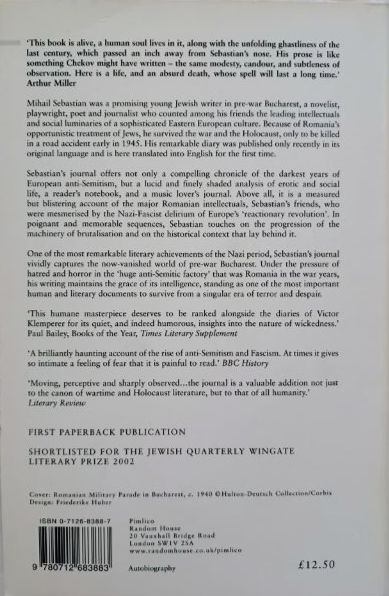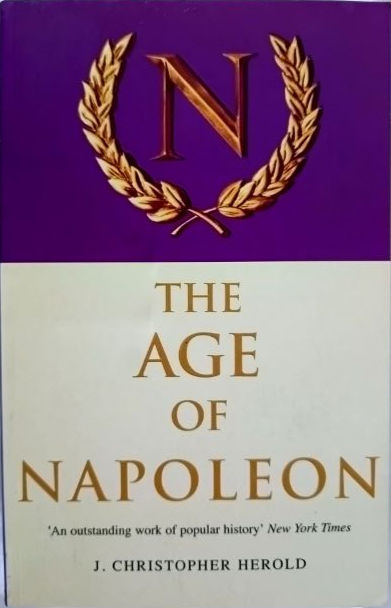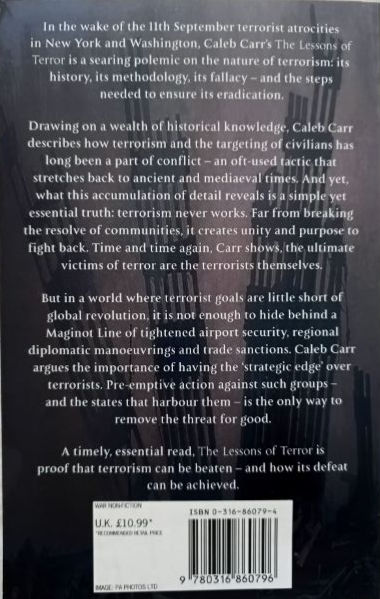8x 54mm Vintage Britains Model Queen Elizabeth with Mounted Life Guard and Standard Bearer, Trumpeter, Farrier, and Scots Guards Officer and 3 Marching Scots Guards #7218
8x 54mm Vintage Britains Model Queen Elizabeth with Mounted Life Guard and Standard Bearer, Trumpeter, Farrier, and Scots Guards Officer and 3 Marching Scots Guards #7218
Comes with an original Britain Toy Soldiers Box Labelled
Without Britains, toy-soldier collectors would have a much heavier load to bear. That’s because company-founder William Britain, Jr. invented the hollow-casting method, which revolutionized the industry by greatly reducing the weight, and cost, of these toys. Sold at various times under the names William Britain, W. Britain, Britains, and Petite, today the company’s most highly-prized products are its first, 19th-century toy soldier sets still string-tied into their original packaging.
William Britain’s father was a London toy-maker who recognized a potential business opportunity in the huge quantity of miniature soldiers imported to the U.K. during the late 19th century. In 1893, Britain developed his ingenious casting technology, and the company quickly outshone the German manufacturers who had previously dominated the market. Britain’s new hollow-cast method utilized molds with an opening that allowed excess lead to escape before fully hardening, creating a hollow figurine. Since lead was the most costly part of toy soldier production, the new technique enabled Britains to drastically lower its prices, altering the entire marketplace. After a successful lawsuit to protect its designs from cheap imitations, Britains copyrighted its individual figures with a paper sticker underneath each base; later models were marked with an embossed stamp.
Britains’ first models included a set of mounted military “Life Guards,” followed by other series based on British troops. Gamages department store in London, famous for its elaborate Christmas displays, quickly became a major distributor of Britains toys, and by 1906, Gamages stopped selling German imports entirely. Besides their affordability, many Britains figures came with movable arms, a unique feature making them very appealing to children. At a full height of 54mm, these soldiers also matched the standard model-train gauge, further ensuring their success as playthings.
After Britains opened an additional facility in Paris, its lines expanded to include French military units. Both manufacturing plants operated at limited capacity during World War I, and World War II halted production entirely. Postwar restrictions on the use of lead in the United Kingdom forced Britains to supplement its slow domestic market by concentrating on sales overseas, as well as adding many more foreign troops to its product line.
In 1954, Britains acquired rival manufacturer Herald and its greatest designer, Roy Selwyn Smith, who would create popular series of historic figures, like the dramatic “Knights of Agincourt” in all their armored splendor. Herald was known for its meticulous plastic figurines, and Britains would continue to use the Herald name through the 1980s.
Britains most popular plastic lines were its “Swoppet” range, made with interchangeable parts and equipment, and the “Eyes Right” range, which depicted soldiers wearing full ceremonial attire, a return to classic toy soldier styles. From 1959 to 1965, the company offered its “Picture Packs” of individual soldiers from existing sets, whose scarcity makes them highly sought-after by collectors.
Though regulations forced Britains to stop production of all lead toys in 1966, the company introduced its “Deetail” series in 1971, which featured plastic figures mounted on metal-alloy bases. The new weight proportions of these mixed-material figures allowed for highly active poses, with horses rearing back on two feet or hovering mid-gallop. The first sets were modeled after German and American World War II soldiers, but soon incorporated Japanese, British, French, Turkish, and Mexican armies, as well.
Around the same time, Britains recognized a growing nostalgia market among adult collectors, and in 1973 unveiled its “New Metal Model” series. By the late 1980s, these items were no longer included in Britains’ regular toy catalogs, instead given their own magazine geared to collectors. An official “William Britain Collectors Club” launched in 1993.
In 1966, the production of lead-alloy soldiers ceased because use of the potentially poisonous material was banned.
ZAMAK is a type of zinc alloy that consists of aluminum, magnesium, copper, and of course zinc. This alloy family contains copper, but is spelled with a K. This is because the acronym ZAMAK uses the German spelling: Zink, Magnesium, Aluminum, and Kupfer
top of page
AU$249,99Pris
Bare 1 igjen på lager
Ingen anmeldelser ennåDel tankene dine.
Vær den første til å legge igjen en anmeldelse.
Tally Ho Chap ©
© Copyright
Relaterte produkter
bottom of page
































